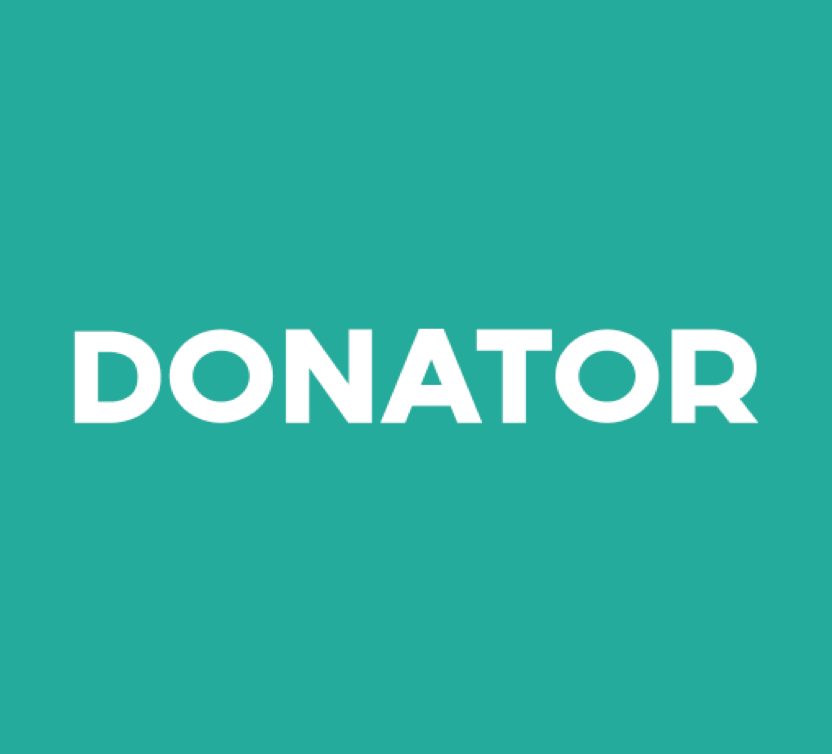At an industry level, the cross pollination of donor information amongst not-for-profits leads to a much better understanding of donor behaviour.
The idea of sharing the donors you worked hard to create with other not-for-profits doesn’t sound sane at first, but can be the best way to:
- Acquire more donors at the lowest possible cost
- Increase response rates for subsequent campaigns
- Reduce costly losses when merging prospect lists
- Upgrade current donors to a larger value gift
- Re-activate lapsed donors on your file
There are two main channels for sharing your data:
List Swaps: Where two not-for-profits exchange an agreed amount of donors, usually within an agreed time frame.
For example, Charity A shares 5,000 of their most recent donors with Charity B in January knowing that Charity B will require 5,000 of Charity A’s most recent donors to prospect to in February.
If the swap is organised directly between the two parties, there are no costs involved. If a broker is involved, a flat fee of $300 is usually charged, which divided across the number of names swapped, sees an extremely low cost per donor prospect.
Data Co-ops: Where a not-for-profit contributes data to a co-operative pool of donors to gain access to other known donors.
As a contributing member of a co-op, you pay around $150 per thousand records, which is about half of what you would pay to rent a regular list. Unlike a regular list, you are receiving known donors. To be included in the usable prospects pool, a donor has to have been contributed by two separate members. This means that not only is each available record a multi donor, giving better response rates, but your unique donors are protected and not made available to the donor prospects pool.
Conexum, who run the largest transactional data co-op in New Zealand and Australia, can report that on average over 80 percent of the not-for-profit data contributed by members is already on their database. This figure means that eight out of 10 of your donors are already being approached by other member charities as you read this whether you are a member or not.
Whilst the data you contribute as a member is used for modeling purposes, to achieve the very best response rates, it is also excluded from any prospects’ records you may order. This means there are no costly losses when you merge with your house file.
Co-op membership is confidential so your identity and that of other contributing members is anonymous. Co-ops can also offer a range of flagging options to improve the insight you have into who your donors are, and how and when you might approach them. Re-activation is where your lapsed donor file is flagged when they have donated elsewhere more recently. This highlights a cell of your lapsed donors that you may no longer have found value communicated with, that are now worth approaching again due to their activity elsewhere.
Upgrading donor value can be flagged where the donor’s average gift on your file is lower than the average gift for the same donor across other contributors. These donors can then be approached with a higher ask next campaign, thus increasing the lifetime value of your donor. Method of acquisition can even be flagged and add value to your donor information.
Say you have acquired a raft of new donors though face-to-face campaigns but are having trouble engaging them through your regular mail communications. Maybe you have acquired a large quantity of one-off donors through a disaster relief campaign that you would like to convert to regular givers. Whilst it is likely uneconomical to mail all of the disaster donors, or to regularly mail non-responsive donors acquired through face-to-face, a co-op can flag cells amongst both that have been acquired elsewhere through the mail. Again, this isolates a more responsive cell amongst your own donors using the combined insights of their donor activity with others.
Whether your donor-sharing vehicle is swaps or a co-op, you will need to consider the level of privacy compliance you have with your donors before you can share them with others. Notifying your donors of your intention to share data can be as simple as changing your website privacy policy, the script at your call centre, or the text on your donation form or donation receipts. With these changes in place, most not-for-profits have a high percentage of their donors ready to share within three months of their usual activity.
One of the largest benchmarking programmes ever undertaken in the trans-Tasman not-for-profit sector has recently shown a direct relationship between the number of charities a donor supports and a higher average gift across those donors. This gives further support to the premise that those who donate, more often than not, have more than one ‘favourite’ charity they support.
With the acceptance of this, be it co-ops or swaps, donor sharing can add significant value to your prospecting activities through lower costs and improved response rates. Donor sharing can also improve the response, regularity and value of your existing donors. At an industry level, the cross pollination of donor information amongst not-for-profits leads to a much better understanding of donor behaviour, more relevant communications going to the right individuals (seeing higher response rates and gifts), less donor irritation via irrelevant approaches, and in general a healthier nonprofit sector for many years to come.
Click here to download a pdf of this article.











